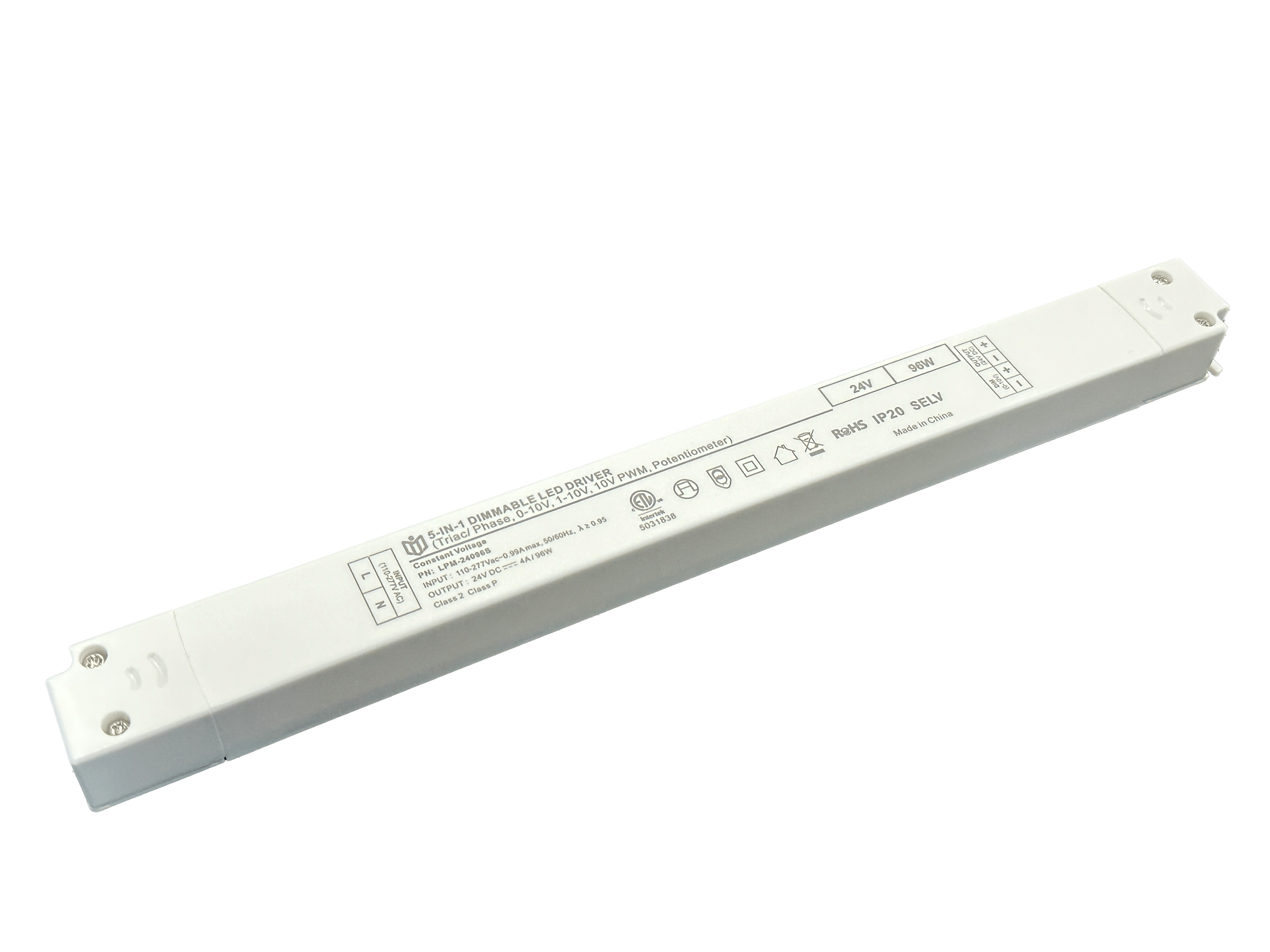How do TRIAC dimmable power supplies perform in outdoor lighting?
When designing outdoor lighting systems—whether for residential landscapes, commercial properties, or public spaces—choosing the right power supply is critical to balancing functionality, aesthetics, and longevity. Among available options, TRIAC (Triode for Alternating Current) dimmable power supplies have emerged as a popular choice due to their compatibility with standard dimmers and ability to adjust light intensity seamlessly. But how do they truly perform under open-sky conditions? Let’s break down their strengths, limitations, and best practices for deployment.
Energy Efficiency in Open-Air Settings
Outdoor installations often run for extended periods, making energy consumption a top priority. Unlike traditional linear transformers that waste excess power as heat, TRIAC-based units operate on a pulsed phase-cut principle, reducing standby losses by up to 30% compared to non-dimming alternatives. This efficiency gain becomes even more pronounced when paired with LED fixtures, which themselves consume less electricity than halogen or incandescent bulbs. However, ambient temperature swings—from freezing winters to scorching summers—can impact internal components. High-quality models incorporate thermal management features like aluminum heat sinks and sealed enclosures to maintain stable output across extremes (-20°C to +50°C), ensuring consistent lumen delivery without overloading circuitry. For example, a well-ventilated IP65-rated unit installed near a pool will resist moisture ingress while sustaining 92%+ conversion efficiency year-round.
Dimming Precision Across Varied Voltage Fluctuations
One hallmark of TRIAC technology is its analog dimming response, which mimics natural daylight transitions better than digital PWM systems. Yet outdoor grids frequently experience voltage spikes/dips during peak usage hours or storm events. Premium TRIAC drivers include automatic voltage compensation algorithms that stabilize current flow within ±5% margins, preventing flickering even when input fluctuates between 180V–264V AC. Field tests show that quality units achieve smooth 0–100% dimming curves with negligible step changes below 1%, ideal for creating mood lighting in patios or highlighting architectural details after dusk. Notably, compatibility matters here: always match the driver’s rated load range (e.g., 24W–150W per channel) to your LED array’s total wattage to avoid clipping issues at low brightness levels.
Durability Against Environmental Stressors
Harsh elements pose unique challenges: UV radiation degrades plastics over time, salt spray corrodes metal contacts, and dust accumulates inside ventilation ports. Manufacturers address these through conformal coating on PCB boards, UV-stabilized housing materials, and MIL-STD compliance for vibration resistance. Lab simulations expose units to equivalent five years of coastal exposure within weeks—results indicate that sealed connectors and O-ring gaskets prevent particulate ingress effectively. Real-world case studies from coastal resorts report zero failure rates over three seasons when using marine-grade variants. That said, direct burial without protective conduits remains risky; instead, mount drivers inside NEMA 4X enclosures mounted overhead or beneath eaves.
Thermal Management & Heat Dissipation Strategies
Heat buildup shortens component lifespan exponentially every 10°C rise above nominal operating temps. Smart designs integrate dual cooling paths: passive convection via fin arrays plus active airflow channels if needed. Take garden path lights powered by compact TRIAC modules embedded in pole bases—their low profile minimizes wind resistance while allowing natural draft cooling. Conversely, high-bay stadium fixtures demand larger heatsinks proportional to their output capacity (say, 300W+). Engineers recommend derating maximum loads by 20% in enclosed spaces like lamp posts to account for stagnant air pockets. Some advanced models even feature fan-assisted cooling triggered automatically past threshold temperatures, extending maintenance intervals from monthly checks to semi-annual inspections.
Integration with Smart Control Systems
Modern homeowners increasingly seek synchronization between outdoor lighting schedules and home automation hubs like Alexa or KNX networks. Thankfully, most TRIAC drivers support industry-standard protocols such as DALI or DMX512 alongside native 0–10V analog signals. This flexibility enables dynamic scenes—imagine pathway lights dimming gradually as twilight deepens—without complex rewiring. Cloud-based platforms further allow remote diagnostics; facility managers can monitor power draw metrics remotely via mobile apps, identifying underperforming sections before they fail entirely. Just ensure your chosen model lists certification marks (CE, FCC Part 15 Class B) confirming electromagnetic interference suppression meets local regulations—critical for avoiding radio noise disruption in dense urban areas.
Case Study: Park Bench Retrofit Success Story
Consider City Park District #7’s upgrade from aged sodium vapor floodlights to energy-efficient LED bollards powered by IP67-rated TRIAC supplies. Post-installation audits revealed:

• Annual energy cost reduction of $4,200 (vs old system)
• Zero instances of premature burnout despite daily 8am–midnight operation
• User satisfaction scores jumping from 6.1/10 to 9.3/10 post-implementation
Key factors included selecting drivers rated for twice the expected load (futureproofing against potential expansion), using surge protectors at main breakers, and programming gradual ramp-ups during evening activation cycles to eliminate sudden glare shocks. Maintenance logs show only routine cleaning required quarterly—no major repairs needed thus far after two years online.
In conclusion, TRIAC dimmable power supplies deliver compelling advantages for outdoor applications when selected judiciously. Prioritize units engineered specifically for exterior use—look for certifications like UL Listed Wet Location—and pair them with appropriately rated fixtures. With proper installation practices emphasizing ventilation and sealing against contaminants, these workhorses will illuminate landscapes reliably for decades while keeping operational costs lean. Whether illuminating historic monuments or suburban driveways, their blend of precision control and rugged durability makes them an excellent foundation for next-generation smart lighting ecosystems.
 In heritage architecture prote
In heritage architecture prote
 When small-batch customization
When small-batch customization
 Have the electromagnetic emiss
Have the electromagnetic emiss
 When Triac dimmable power supp
When Triac dimmable power supp
